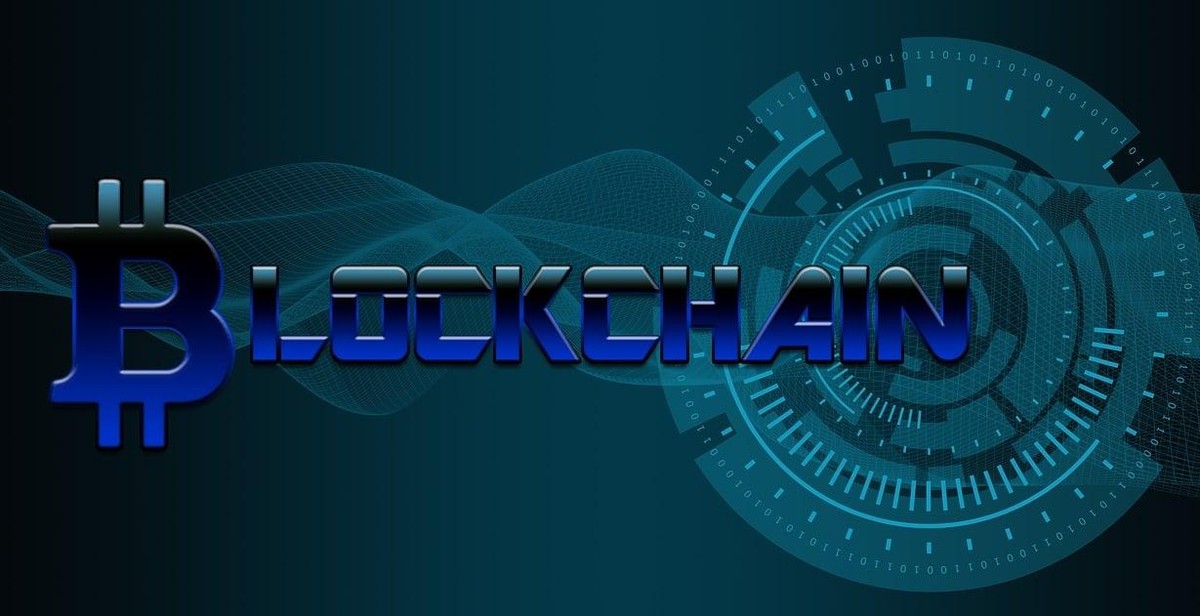Introduction
Non-Fungible Tokens (NFTs) have taken the world by storm, revolutionizing the way we think about ownership and value in the digital world. NFTs are unique digital assets that are stored on a blockchain, making them tamper-proof and impossible to replicate. They have been used for a variety of purposes, from art and music to gaming and sports. However, the development of NFTs requires the use of smart contracts, which can be a complex process for those unfamiliar with blockchain technology.
What are Smart Contracts?
Smart contracts are self-executing contracts with the terms of the agreement between buyer and seller being directly written into lines of code. They allow for the automation of complex processes and the removal of intermediaries, reducing costs and increasing efficiency. In the case of NFT development, smart contracts are used to define the ownership and transfer of digital assets, ensuring that they are unique and cannot be duplicated.
Why Use Smart Contracts for NFT Development?
Smart contracts provide a level of security and transparency that traditional contracts cannot match. They are stored on a blockchain, which means that they are tamper-proof and cannot be altered once they have been executed. This makes them ideal for NFT development, where the uniqueness and authenticity of digital assets are paramount.
Furthermore, smart contracts allow for the automation of processes such as royalties and revenue sharing. This means that creators of NFTs can receive a percentage of the profits every time their asset is sold or used, without the need for intermediaries or manual tracking.
In this article, we will explore how to use smart contracts for NFT development, including the creation and deployment of smart contracts, as well as the integration of NFTs into existing platforms and marketplaces.

What are Non-Fungible Tokens (NFTs)?
Non-Fungible Tokens (NFTs) are unique digital assets that represent ownership of a particular item or piece of content. Unlike fungible tokens such as cryptocurrencies that can be exchanged for one another, NFTs cannot be exchanged for anything else as they are one-of-a-kind digital assets.
NFTs are created using blockchain technology, which ensures their authenticity and uniqueness. Each NFT has a unique identifier that is recorded on the blockchain, making it impossible to duplicate or counterfeit.
Examples of NFTs
One of the most popular use cases for NFTs is in the world of art. Digital artists can create unique pieces of art and sell them as NFTs, giving the buyer ownership of the original artwork. This has opened up a new revenue stream for artists, who can now sell their digital creations directly to collectors without the need for intermediaries such as galleries or auction houses.
Another example of NFTs is in the world of gaming. Game developers can create unique in-game items such as weapons or skins and sell them as NFTs to players. This gives players ownership of the item, which they can use or trade with other players.
NFTs are also being used in the world of sports. Sports teams and organizations can create NFTs representing important moments in their history, such as a game-winning goal or a championship victory. Fans can then purchase these NFTs as a way to own a piece of their favorite team’s history.
| Advantages | Description |
|---|---|
| Authenticity | NFTs are unique and cannot be duplicated, ensuring authenticity. |
| Ownership | NFTs give buyers ownership of a particular item or piece of content. |
| Transparency | The use of blockchain technology ensures transparency and immutability. |
Overall, NFTs are a revolutionary new way of representing ownership of digital assets. They have opened up new possibilities for artists, game developers, and sports teams, and are set to become an increasingly important part of the digital economy.

Smart Contracts and NFTs
Smart contracts are self-executing contracts that are coded on a blockchain. These contracts automatically execute when certain predetermined conditions are met. They provide a secure and transparent way to execute agreements without the need for intermediaries.
Non-fungible tokens (NFTs) are unique digital assets that are stored on a blockchain. They are often used to represent digital art, collectibles, and other unique digital assets. NFTs are created using smart contracts, which define the unique properties of the asset and ensure that it is one-of-a-kind.
How Smart Contracts Work with NFTs
Smart contracts are an integral part of the NFT ecosystem. They define the rules and regulations for the creation, ownership, and transfer of NFTs. When an NFT is created, a smart contract is deployed on the blockchain that defines the unique characteristics of the asset, such as its name, description, and ownership rights.
Smart contracts also provide a way to verify the authenticity and ownership of an NFT. Each NFT has a unique digital signature that is stored on the blockchain. This signature can be used to verify that the asset is authentic and that the owner has the right to transfer or sell it.
Benefits of Using Smart Contracts for NFT Development
Using smart contracts for NFT development provides several benefits:
- Transparency: Smart contracts provide a transparent way to create, own, and transfer NFTs. All transactions are recorded on the blockchain and can be verified by anyone.
- Security: Smart contracts provide a secure way to create and transfer NFTs. The digital signature of each NFT ensures that it is authentic and that the owner has the right to transfer it.
- Efficiency: Smart contracts automate the process of creating and transferring NFTs, which makes the process more efficient and reduces the need for intermediaries.
- Flexibility: Smart contracts can be customized to meet the unique needs of each NFT. This allows for a wide range of use cases, from digital art to collectibles to in-game items.
Overall, using smart contracts for NFT development provides a secure, transparent, and efficient way to create, own, and transfer unique digital assets. As the NFT market continues to grow, smart contracts will play an increasingly important role in the development and adoption of this new asset class.
How to Use Smart Contracts for Non-Fungible Token (NFT) Development
Non-fungible tokens (NFTs) have gained immense popularity in recent years due to their unique characteristics and the ability to represent ownership of digital assets. Smart contracts are an essential component of NFTs as they enable the creation and management of these tokens on a decentralized blockchain network. In this article, we will provide a step-by-step guide on how to use smart contracts for NFT development.
Step 1: Choose a Blockchain Platform
The first step in creating smart contracts for NFTs is to choose a blockchain platform. Ethereum is the most popular platform for NFT development due to its smart contract capabilities and compatibility with the ERC-721 and ERC-1155 token standards. Other blockchain platforms such as Binance Smart Chain and Flow have also gained popularity in recent years.
Step 2: Write the Smart Contract Code
Once you have chosen a blockchain platform, the next step is to write the smart contract code. Solidity is the most commonly used programming language for Ethereum smart contracts. The smart contract code should define the NFT token standard, including attributes such as name, symbol, and total supply. It should also include functions for minting, transferring, and burning NFTs.
Step 3: Compile and Deploy the Smart Contract
After writing the smart contract code, it needs to be compiled and deployed on the chosen blockchain platform. The compiled code is in the form of bytecode, which is then deployed on the blockchain network using a wallet or a smart contract deployment tool such as Truffle.
Step 4: Mint NFTs
Once the smart contract is deployed, NFTs can be minted by calling the mint function defined in the smart contract code. Minting creates a new NFT with a unique identifier and assigns it to the specified address. The mint function can also include additional metadata such as name, description, and image URL.
Step 5: Transfer and Burn NFTs
Transferring and burning NFTs are essential functions in NFT development. The transfer function allows NFTs to be transferred from one address to another, while the burn function destroys an NFT, removing it from circulation.
Step 6: Integrate NFTs into Applications
Once NFTs have been created, they can be integrated into various applications such as marketplaces, games, and social media platforms. Developers can use APIs and SDKs to integrate NFTs into their applications, enabling users to buy, sell, and trade NFTs.
Conclusion
Smart contracts are a crucial component of NFT development, enabling the creation, management, and transfer of unique digital assets on a decentralized blockchain network. By following the above steps, developers can create and deploy smart contracts for NFTs and integrate them into various applications.
Conclusion
Non-fungible tokens (NFTs) are revolutionizing the way we think about digital ownership. With the help of smart contracts, NFTs can be used to represent unique digital assets and enable secure, transparent, and decentralized transactions.
Benefits of using smart contracts for NFT development
- Increased security and transparency
- Efficient and cost-effective transactions
- Decentralization and elimination of intermediaries
- Ability to create unique and verifiable digital assets
- Flexibility to program conditions and rules for asset usage
Considerations for NFT development using smart contracts
Before embarking on NFT development using smart contracts, it is important to consider the following:
- Choosing the right blockchain platform for your use case
- Defining the parameters and rules for your NFTs
- Ensuring the security and reliability of your smart contract code
- Complying with legal and regulatory requirements
Future of NFTs and smart contracts
The potential applications of NFTs and smart contracts are vast and varied, from digital art and collectibles to gaming assets and real estate. As blockchain technology continues to evolve and gain wider adoption, we can expect to see more innovative use cases for NFTs and smart contracts.
| Pros | Cons |
|---|---|
| Increased security and transparency | Legal and regulatory uncertainty |
| Efficient and cost-effective transactions | Limited scalability |
| Decentralization and elimination of intermediaries | Complexity of smart contract development |
| Ability to create unique and verifiable digital assets | Dependency on blockchain technology |
| Flexibility to program conditions and rules for asset usage | Lack of mainstream adoption and awareness |
Despite the challenges, the potential benefits of using smart contracts for NFT development are significant. As the technology matures and becomes more accessible, we can expect to see more widespread adoption and innovation in this space.
